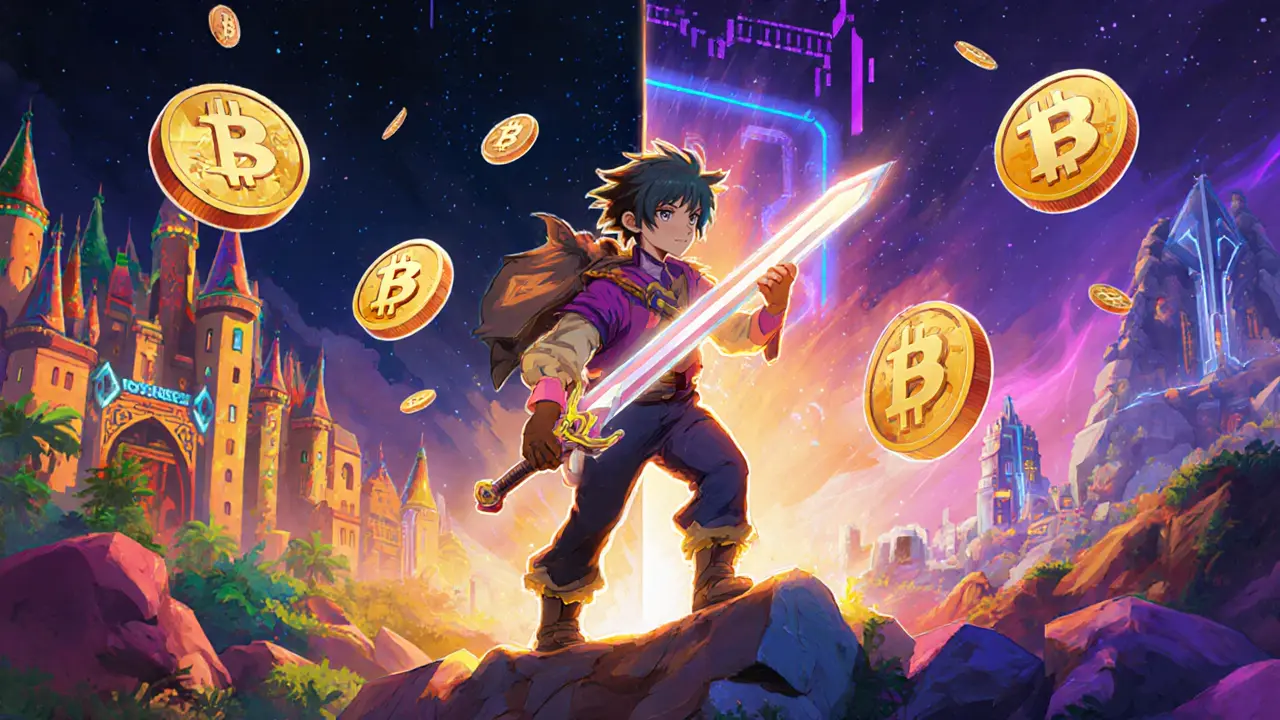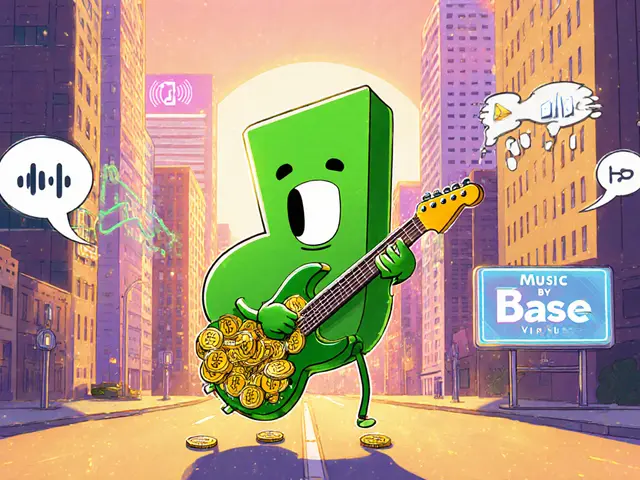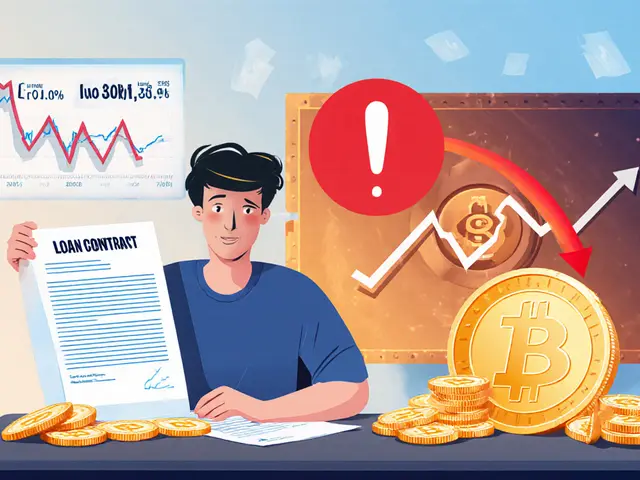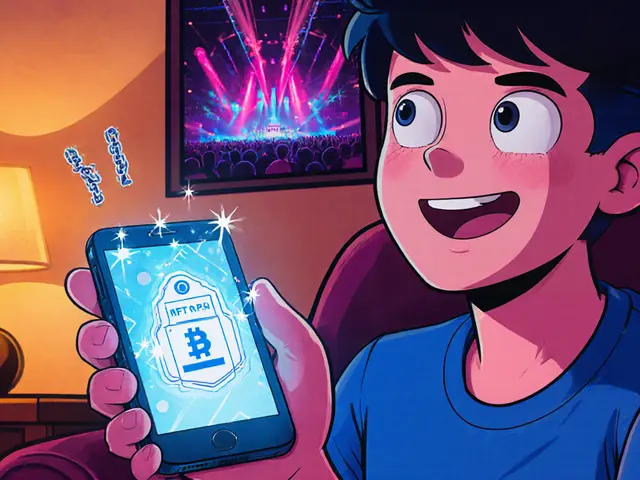Cross-Game NFTs: How Digital Assets Move Between Games and Blockchains
When you buy a cross-game NFT, a digital asset designed to work across multiple games and blockchain networks. Also known as interoperable NFTs, it gives you real ownership of items like weapons, skins, or characters that aren’t locked into one game. This isn’t just a tech buzzword—it’s a shift in how we think about digital stuff. For years, if you spent money on a sword in one game, it vanished when you switched to another. Cross-game NFTs change that. You own it. You can carry it. You can sell it. But the reality? Most of them still don’t work the way they’re supposed to.
Behind every cross-game NFT is NFT interoperability, the technical ability for digital assets to move between different platforms without losing function or value. This requires smart contracts that understand each other, blockchains that talk to each other, and game engines that can read foreign data. Projects like blockchain gaming, games built on decentralized networks where players control assets via crypto wallets are trying to make this real. But the biggest hurdle isn’t code—it’s incentives. Game studios don’t want you taking their rare items to a competitor’s game. And if you can’t trade or use your NFT in another title, it’s just a fancy picture with a blockchain sticker on it.
Then there’s NFT ownership, the idea that you truly control your digital items, not the company that made the game. That’s the promise. But look at the data: over 80% of NFTs in gaming are still tied to a single platform. Even when cross-chain tech exists—like LayerZero or IBC—it’s rarely used in games because it’s slow, expensive, or broken. Remember OmniCat? It claimed to work across eight blockchains but had zero trading volume and fake data. That’s the pattern. Hype outpaces function. And when users lose money because their NFT won’t transfer, trust collapses.
So what’s actually working? A few indie games are testing it. A few wallets are building bridges. But most cross-game NFTs today are either vaporware or locked behind paywalls. The real winners won’t be the games with the flashiest graphics. They’ll be the ones that let you take your hard-earned gear from one world to another—and make it easy to do.
Below, you’ll find real breakdowns of what’s working, what’s fake, and what’s just too broken to use. No fluff. No promises. Just facts about the NFTs that actually move, the platforms that let them move, and the ones that pretend to.






